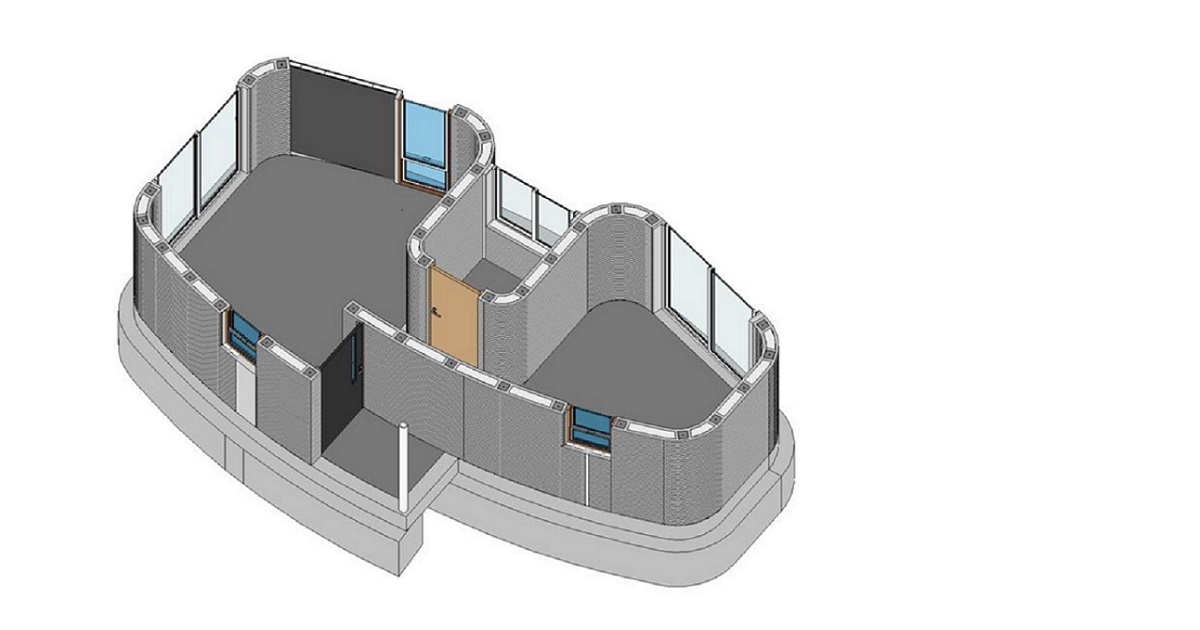- 2.5Impact Factor
- 5.5CiteScore
- 20 daysTime to First Decision
The Integration of BIM and Emerging Technologies: Present Status and Future Trends
This special issue belongs to the section “Civil Engineering“.
Special Issue Information
Dear Colleagues,
The digital development of building projects has received a major boost from building information modeling (BIM) methodology, which promotes the detailed integration of different design specialties, including budget definition, construction planning, and sustainable performance. The ability to have a complete and integrated model of a building also encourages the use of BIM during construction to review progress, avoid conflicts, and ensure execution at more accurate costs and times. Furthermore, BIM can be used throughout a building's lifespan to support maintenance and modifications, as well as eventual dismantling. This centralization of diverse information could be further enhanced by the potential connection with new automated management technologies using artificial intelligence, robotic manufacturing mechanisms, or distributed control through the Internet of Things or nanotechnology, among other emerging capabilities. This integrated perspective is unprecedented in the history of construction and represents a radical renewal of the disciplines of building design and management, closely intertwining with computer science, chemistry, physics, electronics, automation, and more—even economics, sociology, psychology, and law. Challenges arise that current research must address, both in the proper implementation of these technologies in construction to address real problems with effective solutions, as well as their interrelation with the overall coordination of the process, which should not be limited by new processes or equipment. This review is essential for the coherent development of construction and the achievement of relevant results. It also involves the participation of diverse personnel in different areas of work, and even more so, often involving the inhabitants of the buildings, who have diverse cultures and varied personal needs. Therefore, technical advances, organizational management, and social impacts must be simultaneously considered in these developments. This Special Issue invites submissions of research findings and perspectives in this field.
Dr. Rodrigo Garcia Alvarado
Guest Editor
Manuscript Submission Information
Manuscripts should be submitted online at www.mdpi.com by registering and logging in to this website. Once you are registered, click here to go to the submission form. Manuscripts can be submitted until the deadline. All submissions that pass pre-check are peer-reviewed. Accepted papers will be published continuously in the journal (as soon as accepted) and will be listed together on the special issue website. Research articles, review articles as well as short communications are invited. For planned papers, a title and short abstract (about 250 words) can be sent to the Editorial Office for assessment.
Submitted manuscripts should not have been published previously, nor be under consideration for publication elsewhere (except conference proceedings papers). All manuscripts are thoroughly refereed through a single-blind peer-review process. A guide for authors and other relevant information for submission of manuscripts is available on the Instructions for Authors page. Applied Sciences is an international peer-reviewed open access semimonthly journal published by MDPI.
Please visit the Instructions for Authors page before submitting a manuscript. The Article Processing Charge (APC) for publication in this open access journal is 2400 CHF (Swiss Francs). Submitted papers should be well formatted and use good English. Authors may use MDPI's English editing service prior to publication or during author revisions.
Keywords
- building information modeling
- artificial intelligence
- big data
- virtual reality
- parametric design
- digital fabrication
- UAV
- robotics
- automation
- additive construction

Benefits of Publishing in a Special Issue
- Ease of navigation: Grouping papers by topic helps scholars navigate broad scope journals more efficiently.
- Greater discoverability: Special Issues support the reach and impact of scientific research. Articles in Special Issues are more discoverable and cited more frequently.
- Expansion of research network: Special Issues facilitate connections among authors, fostering scientific collaborations.
- External promotion: Articles in Special Issues are often promoted through the journal's social media, increasing their visibility.
- e-Book format: Special Issues with more than 10 articles can be published as dedicated e-books, ensuring wide and rapid dissemination.

